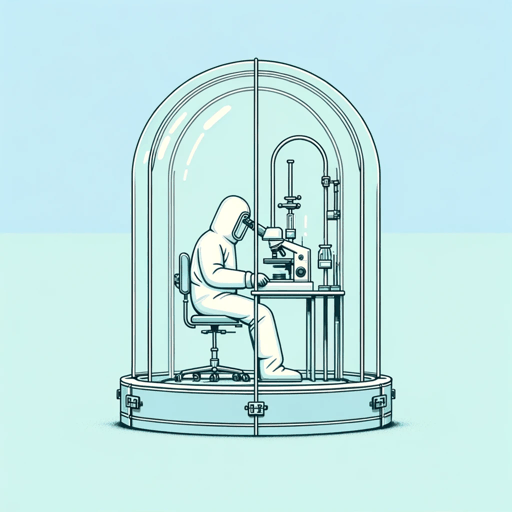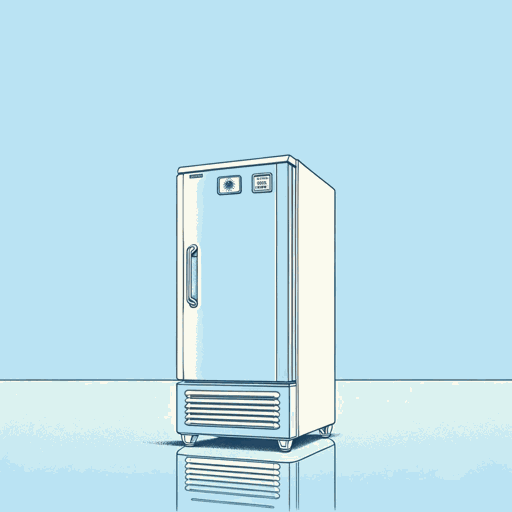50 pages • 1 hour read
Richard PrestonThe Hot Zone: The Terrifying True Story of the Origins of the Ebola Virus
Nonfiction | Book | Adult | Published in 1994A modern alternative to SparkNotes and CliffsNotes, SuperSummary offers high-quality Study Guides with detailed chapter summaries and analysis of major themes, characters, and more.
Part 2, Chapters 10-21Chapter Summaries & Analyses
Part 2: “The Monkey House”
Part 2, Chapter 10 Summary: “Reston”
Content Warning: This section of the guide contains summaries and discussion of graphic descriptions of the impact of filoviruses on animal bodies.
The chapter opens with a description of Reston, Virginia in October 1989. Formerly a bucolic farm community, Reston is now a prosperous suburb 10 miles west of Washington, DC. The town is also home to the Reston Primate Quarantine Unit, a one-story building in an office park used by Hazleton Research Products, a division of Corning, Inc., to quarantine and then sell wild-caught monkeys. Sixteen-thousand wild-caught monkeys are imported to the United States each year, and all must be held in quarantine for one month to prevent the spread of diseases to other primates, monkey or human.
On October 4, the facility accepts a shipment of 100 crab-eating monkeys from the Philippines. Two arrive dead, but this is not unusual. The surviving monkeys are placed in Room F, one of 12 separate rooms within the facility. By November 1, it is clear that something is very amiss. 29 monkeys from the shipment have now died, so the facility manager, whom Preston calls Bill Volt, calls Dan Dalgard, the facility’s veterinarian. Wearing a white coat and a surgical mask, Dalgard examines the survivors and finds two monkeys feverish and lethargic.
Related Titles
By Richard Preston




